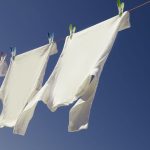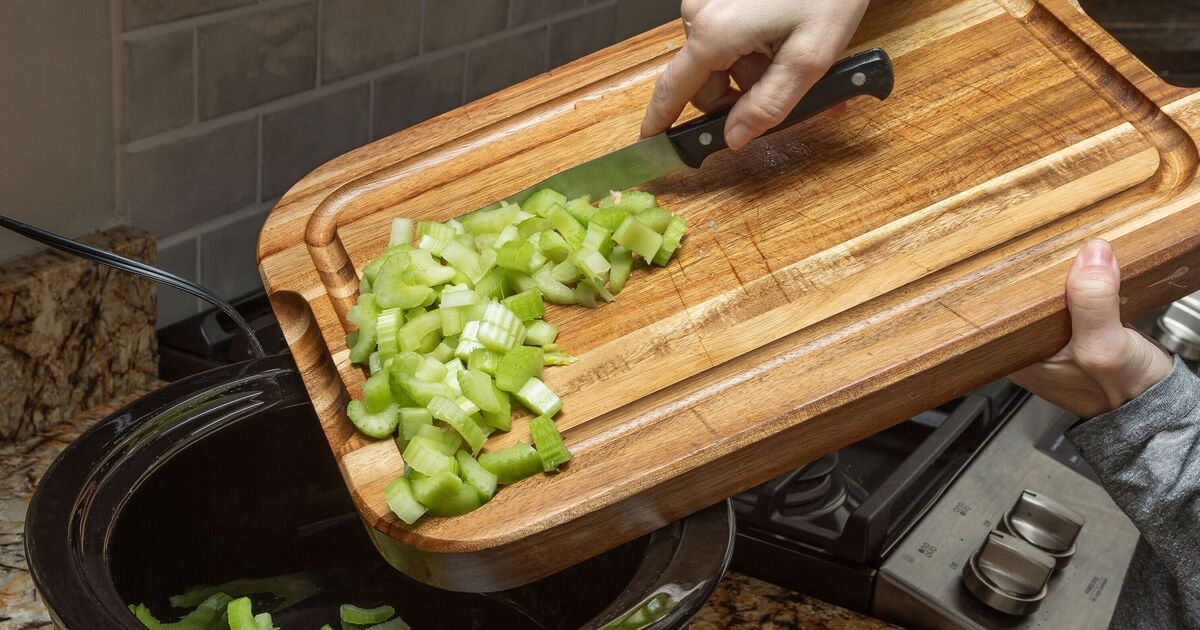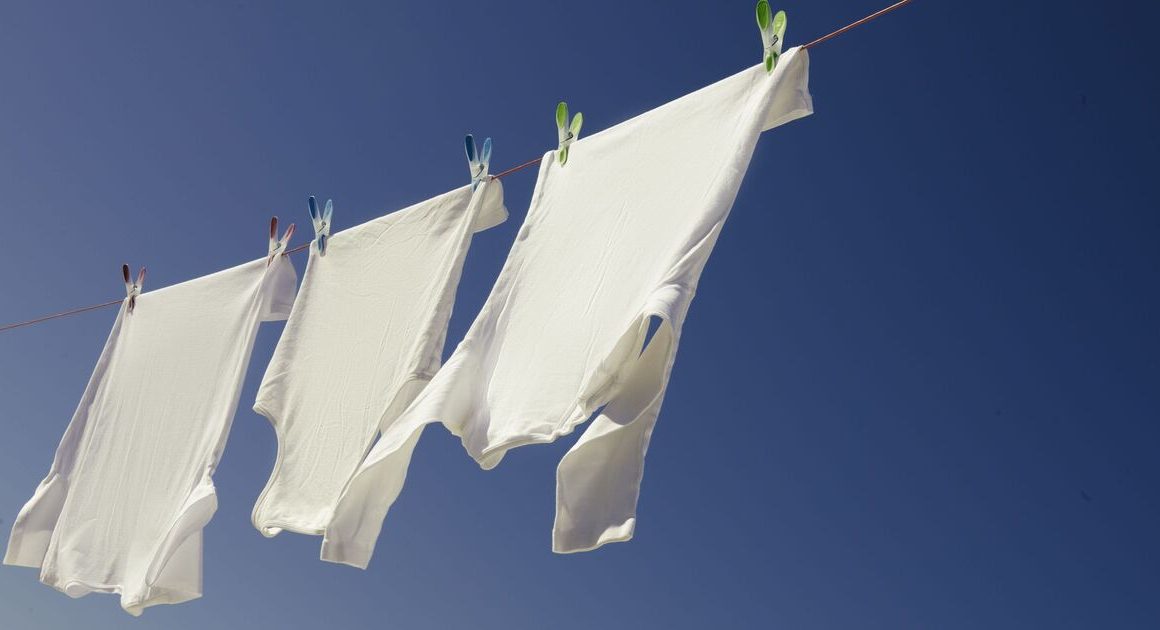Wooden chopping boards are often more durable than plastic or glass, making them a great purchase for your kitchen. From chopping up vegetables, cutting up meat or even using them as a serving board, it’s worth the investment.
Plus, wooden chopping boards are actually more hygienic, because they don’t harbour bacteria. Some woods, like eucalyptus, also contain natural antimicrobial properties that help kill bacteria. The porous structure of wooden boards means bacteria is easily trapped in deep crevices, meaning they won’t come into contact with food either.
While wooden chopping boards are a more hygienic option, that doesn’t mean they don’t require a deep clean every now and then.
Maintaining the appearance of the wood can also be a challenge, and you might find that over time, it’s become stained and looks discoloured.
As you can’t put wood in the dishwasher, removing those tricky stains without one requires a bit of care. In fact, putting your wooden board in the dishwasher could do even more damage, with the high heat and moisture causing splinters and cracks in the material, making it unsafe to prepare food on.
Cleaning it yourself is much safer and more effective, and one cleaning expert has shared the natural method she uses to remove tough stains from wooden chopping boards, and it only costs 30p.
Ellie from @cleanwithell teamed up with Marigold and Vileda to reveal how you can easily remove stains from wooden boards with a few simple steps.
Packed with natural acidity that works as a disinfectant and effectively lifts stains, the cleaning expert said that she uses half a lemon to get her chopping board looking brand new.
“First sprinkle your wooden chopping board with rock salt, then cut a lemon in half and rub face down over the board, in firm, circular motions,” she said.
The salt works by creating an scrub that will lift dirt from the board, and helps to work the lemon juice into stains.
As lemons are acidic, they might cause some irritation, especially if you have sensitive skin, so Ellie recommends using a pair of Marigolds to keep your hands protected.
For more stubborn stains, the cleaning expert said that she adds a “sprinkle of bicarbonate of soda” and rubs this into the board using a microfibre cloth, which can reach into smaller cracks and crevices.
Using this method, Ellie also warned not to forget about the sides of the board, as dirt and stains can still build up in this area.












